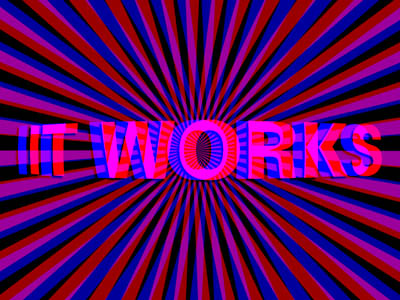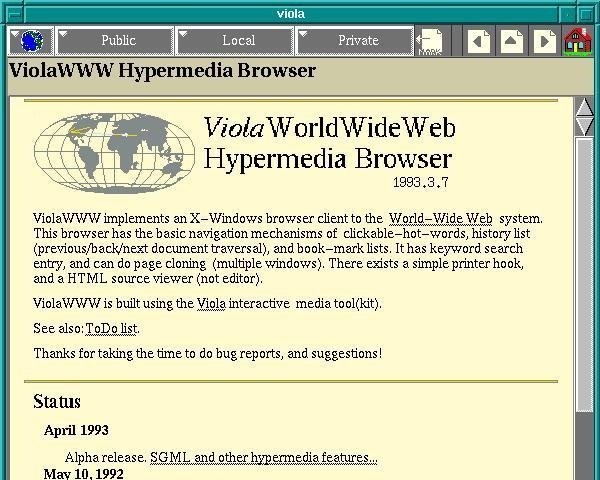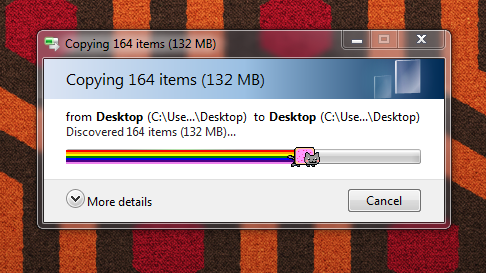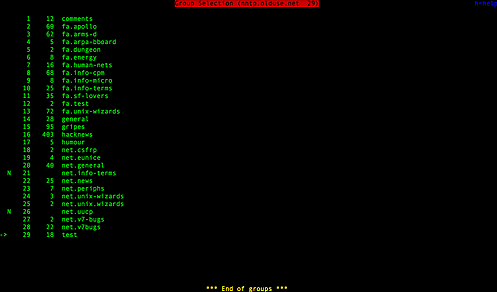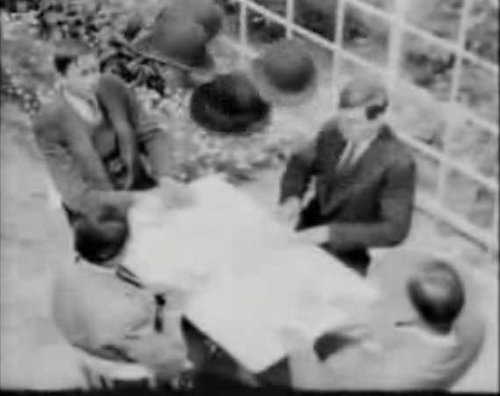Game designer Brian Moriarty delivered quite a talk at the 1997 Game Developers Conference, touching on everything from interaction design, emergent play, community-created art, creativity, self expression, and even an unexpected but interesting tangent about 101 Dalmatians. In hindsight, many of subjects he talks about would become evident over the next decade, from the Sims to Etsy to Minecraft to social networking. From Listen! The Potential of Shared Hallucinations:
Before we can learn, before we can grow, we have to be prepared to listen.
What does it mean, to listen?
The word is commonly understood to mean “attentive hearing.”
It has its etymological origin in the archaic verb, list.
“List!” they used to say. “Ssh! List! The wild boar is outside!”
But the verb “list” also means to tilt something to one side.
When a sea vessel leans to starboard or port, it is said to be listing.
So how did the word “list” turn into the verb “listen?”
Because when we try to hear something, we sometimes cock our heads in the direction of the sound.
So to listen means more than to hear attentively.
The word also implies a change of inclination.
A new slant.
To listen is to put ourselves into a receptive attitude.
A position to be re-aligned.
Also worth reading (the talk is also available for watching as a video in the GDC Vault) if you fondly remember the days of Hypercard, MUDs, and when text adventures reigned supreme on AOL, or if you like crazy 1990s Photoshop anaglyphs…

